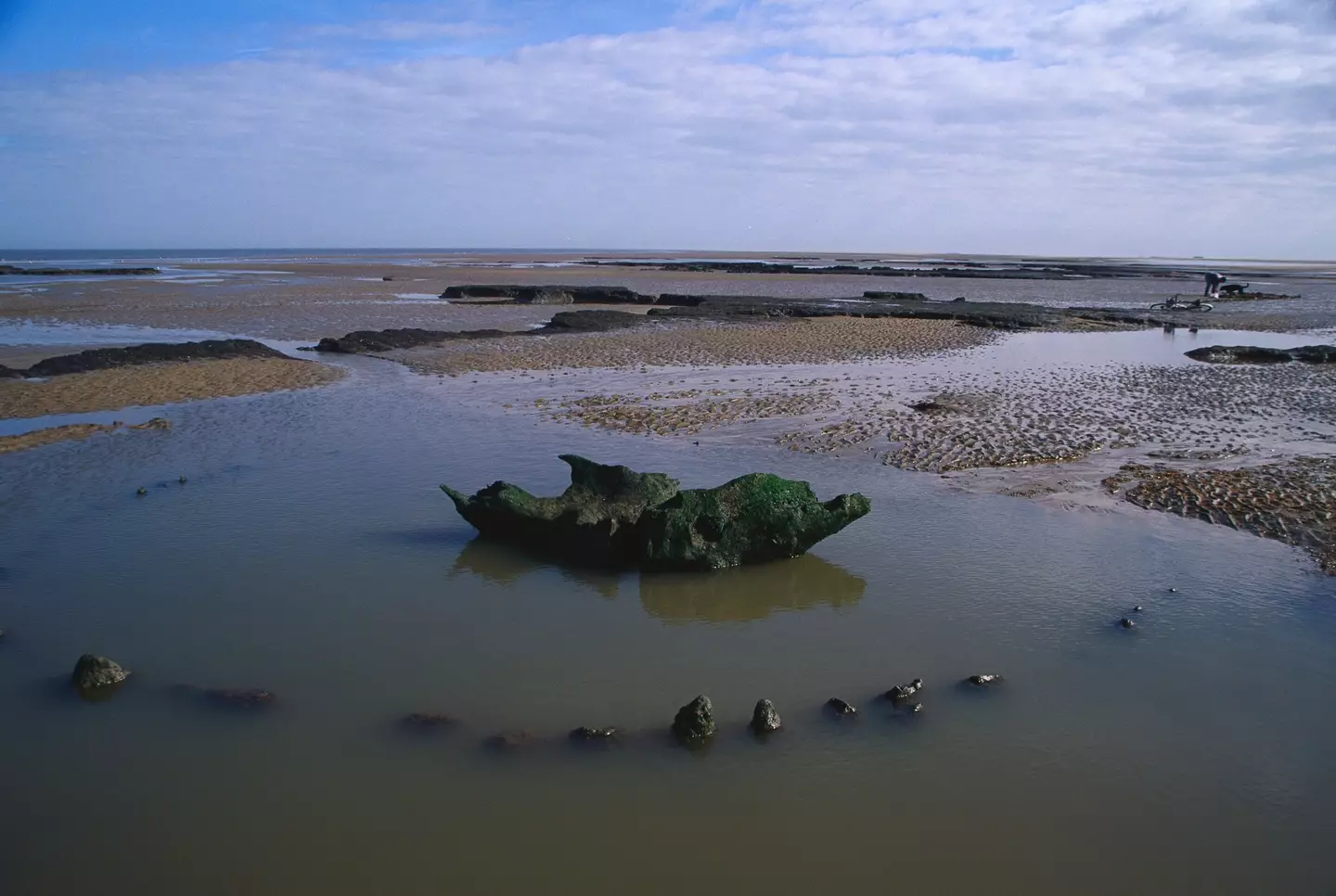
A mysterious structure found on a beach in the UK might have finally been decoded by experts after a thorough investigation.
The 4,000-year-old wooden circle had been dubbed 'Seahenge' thanks to its dramatic location and the way it looked, but for a long time researchers weren't sure what to make of it.
It was first uncovered by the shifting tides and sands in Holme-next-the-sea back in 1998, and is comprised of a dramatic tree stump surrounded by oak beams arranged in a neat circle.
Experts have now been able to date that wood to 2049 BC, and it's believed that when it was first built it was further from the sea.
Advert
That doesn't mean the structure has moved over time - rather, the coastline has been eroded away to make it far more precarious.
The whole thing was apparently covered in a layer of peat at some point, and this was a major part of why the timber survived for so long in such good condition.
Advert
Another nearby ring has been dated to the same year, fuelling speculation that they were for related purposes.
Previous long-standing theories have wondered whether the structures were built to honor someone in death, or even as locations to leave dead bodies in so-called 'sky burials', to be devoured by carrion birds.
Now, though, researchers have published a paper in GeoJournal arguing that Seahenge may have been built as part of a ritual seeking to extend a brief summer during a period of stark global cooling.
Archaeologist David Nance from the University of Aberdeen said: "Dating of Seahenge timbers showed they were felled in spring, and it was considered most probable that these timbers were aligned with sunrise on the summer solstice."
Advert
He went on to explain: "We know that the period in which they were constructed 4,000 years ago was a prolonged period of decreased atmospheric temperatures and severe winters and late springs placing these early coastal societies under stress."

The central stump in the main circle apparently might have been placed to mimic the sort of tree a cuckoo would nest in, with that bird being traditionally associated with the end of summer.
The other circle, which had two logs laid horizontally in its center, might have had a different purpose, according to Nance and his team, potentially hosting the intermittent ritual sacrifice of kings: "Evidence suggests that they were ritually sacrificed every eight years at Samhain (now Halloween) coincident with the eight-year cycle of Venus."
Advert
So, as the researchers concluded: “Both monuments are best explained as having different functions and associated rituals, but with a common intent: to end the severely cold weather."